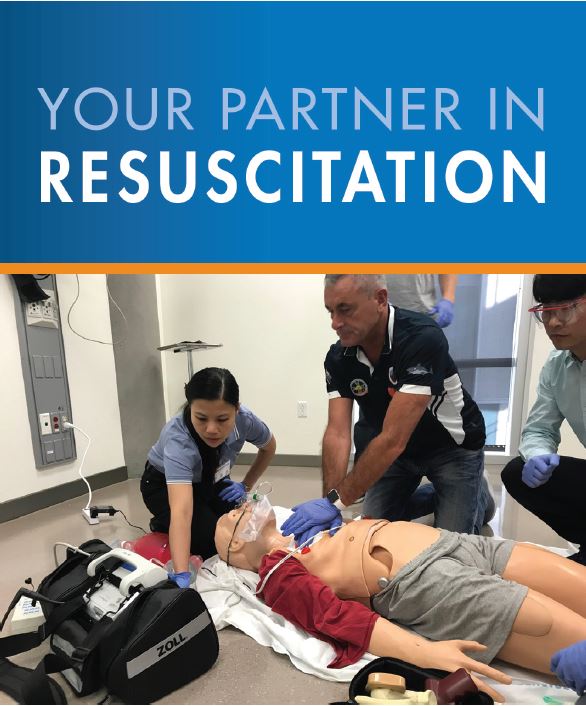
Captain John Tobin | February 13, 2018 MESA Fire & Project Lead University of Arizona
CPR University: Hands-On Course is Designed to Improve Survival from Cardiac Arrest
High-performance or high-quality CPR has been around for years now, but do we as EMS professionals understand what it takes to achieve and improve outcomes from cardiac arrest? We can read the Resuscitation guidelines, studies and a multitude of articles from various authors on what we need to do to perform high-performance CPR, but implementing the system of care that it takes to move the needle on survival can be a challenge. A worthwhile challenge in my opinion – we can save lives that would ordinarily be lost.
What Does it Take to Improve Outcomes from Cardiac Arrest?
Since its inception six years ago, I have had the privilege to be one of the lead instructors at the University of Arizona’s High-Performance CPR University (CPRU). CPRU is a two-day workshop developed to provide education, hands-on skills, and strategies to help providers and agencies improve survival from cardiac arrest. This course was developed from the experience of multiple agencies that implemented systems of care that tripled their cardiac arrest survival.
How to Deliver High-Quality CPR
Before the start of our course, most of our students feel they know what high-performance CPR is and are confident that they can do it well. We begin with a two-minute assessment to quickly show the particpants that most of them have quite a bit of room for improvement; which is enlightening for participants.
The Basics of CPR.
More and more, the basics are what science is showing most beneficial in increasing cardiac arrest survivability. so we start the course by teaching how to quickly recognize cardiac arrest. Reading this you may think this may seem unnecessary. After all, identifying cardiac arrest is not difficult. However, in our experience this is one of the main barriers in starting compressions quickly. After the basics have been mastered, we stat to add technology such as AED’s and defibrillators with audio/visual feedback. We aim to improve the individual skills through hands-on training, as well as developing high-functioning teams. The participants transform quickly, and its amazing to watch!
Measure CPR Performance.
As I’ve stated, everyone thinks they are doing high-performance CPR, but we have found that most agencies aren’t measuring the results of their efforts, so they don’t really know. If we don’t measure – we don’t know how well (or how poorly) we are doing. The need and importance for collecting and interpreting data is one of the pillars of the course.
Celebrate CPR Survivors
A highly impactful part of the course is one of my favorite parts of the course: celebrating our survivors. We invite cardiac arrest survivors, their families and their rescuers to share their stories.
On-Going Mentorship
We also provide ongoing mentorship to our students once they complete the course. If they have questions once they get home they can contact any of the cadre of instructors.
Share Knowledge with Home EMS Agencies
How do you change the CPR culture of an entire organization? Gentle, constant pressure over time and a lot of hard work. After the course, the mindset of our students is ” ventricular fibrillation is a survivable rhythm.” We encourage them to bring these skills and strategies to their home agencies. if you take up the challenge, you can move mountains and save more cardiac arrest victims.
“This course was developed from the experience of multiple agencies that implemented systems of care that tripled their cardiac arrest survival”

